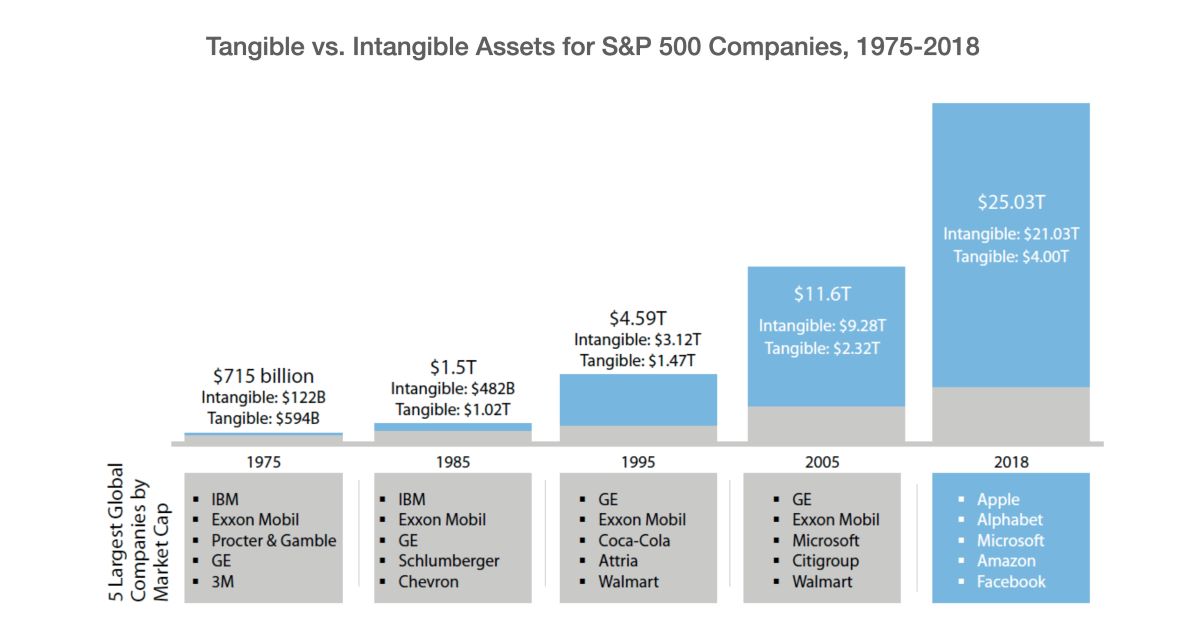Home>Finance>Back-End Ratio: Definition, Calculation Formula, Vs. Front End


Finance
Back-End Ratio: Definition, Calculation Formula, Vs. Front End
Published: October 12, 2023
Learn the definition, calculation formula, and differences between back-end ratio and front-end ratio in finance. Discover how to analyze financial ratios effectively.
(Many of the links in this article redirect to a specific reviewed product. Your purchase of these products through affiliate links helps to generate commission for LiveWell, at no extra cost. Learn more)
The Back-End Ratio: Understanding its Definition, Calculation Formula, and How it Differs from the Front-End Ratio
Finance management isn’t always straightforward, especially when it comes to understanding the various ratios that lenders use to assess a borrower’s financial health. One such ratio is the back-end ratio. In this blog post, we’ll delve into the back-end ratio, explaining its definition, calculation formula, and how it differs from the front-end ratio. By the end of this article, you’ll have a solid understanding of this important financial metric.
Key Takeaways:
- The back-end ratio is a financial metric that helps lenders evaluate a borrower’s ability to manage debt.
- It is calculated by dividing the borrower’s total monthly debt payments by their gross monthly income and is expressed as a percentage.
- Monthly mortgage payment: $1,200
- Car loan payment: $300
- Credit card payments: $200
- Student loan payment: $400
What is the Back-End Ratio?
The back-end ratio, also known as the debt-to-income ratio (DTI), is a financial metric used by lenders to assess a borrower’s ability to manage their debt obligations. It measures the proportion of a borrower’s gross monthly income that goes towards paying their debts, including mortgage payments, credit card bills, student loans, and other recurring debts.
To calculate the back-end ratio, you add up all the borrower’s monthly debt payments and then divide that total by their gross monthly income. The result is expressed as a percentage, representing the portion of the borrower’s income that goes towards debt payments.
It’s important to note that the back-end ratio considers both the borrower’s existing debts and the potential new monthly mortgage payment, including principal, interest, taxes, and insurance. Lenders use this ratio to determine whether a borrower can afford the additional debt burden of a mortgage.
Calculating the Back-End Ratio
The formula for calculating the back-end ratio is relatively simple:
Back-End Ratio = (Total Monthly Debt Payments / Gross Monthly Income) * 100
Let’s illustrate this with an example:
Suppose a borrower has the following monthly debt payments:
If the borrower’s gross monthly income is $4,000, the back-end ratio would be calculated as follows:
Back-End Ratio = (1,200 + 300 + 200 + 400) / 4,000 * 100 = 42.5%
In this example, the borrower’s back-end ratio is 42.5%, meaning that 42.5% of their gross monthly income goes towards debt payments.
Back-End Ratio vs. Front-End Ratio
While the back-end ratio considers both existing debts and potential new mortgage payments, the front-end ratio focuses solely on the cost of housing. The front-end ratio is calculated by dividing the borrower’s monthly housing expenses (including mortgage payments, property taxes, and insurance) by their gross monthly income. This ratio helps lenders assess whether a borrower can comfortably afford their housing costs.
Here are the key differences between the back-end ratio and front-end ratio:
- The back-end ratio includes all monthly debt payments, while the front-end ratio only considers housing-related expenses.
- The back-end ratio assesses a borrower’s overall debt management ability, while the front-end ratio solely measures housing affordability.
Both ratios are essential in determining a borrower’s financial strength and creditworthiness, and lenders typically consider both when making lending decisions.
Conclusion
The back-end ratio is a crucial financial metric that lenders use to evaluate a borrower’s ability to handle their debt obligations. By calculating the back-end ratio, lenders can assess whether borrowers can comfortably manage both their existing debts and the potential new mortgage payments. Understanding this ratio and its calculation formula can help you make more informed financial decisions and increase your chances of securing a loan.














